Ghost shrimp fun facts and care guide
Aquarium shrimp varieties become very popular among most aquarists today. The Ghost shrimp is one of a unique variety in aquarium shrimp types.
Shrimps are good for planted tanks also. There are so many different shrimp types that look awesome by adding to your fish tanks.
Ghost shrimp is also one of them. This aquarium shrimp variety has a unique look. The scientific name for this shrimp is “Palaemonetes paludosus”
The basics of Ghost shrimp
As I wrote before, this shrimp is one of the most popular shrimp for the aquarists (people who keep fish tanks). Some people know this shrimp as the “Glass shrimp”.
There are many reasons that make them become a great addition to tropical community aquariums. This shrimp type is easy to care for. Also, they are ok with smaller size freshwater fish tanks.
But you should care not to add aggressive fish types with them. The Ghost shrimp is compatible with all peaceful community fish types.
The lifespan for Ghost shrimp is about one year. Usually, most of the aquarium shrimps have a shorter lifespan. That also common for Ghost shrimps.
Ghost shrimps have a peaceful temperament. The size is about 1.5 inches. They are ok to live in a five or 10-gallon tank.
Ghost shrimp don’t have a specific colour. They ave some clear bright look. But not an exact colour.
These basics can categorise as below:
- Lifespan: 1 year
- Care level: easy
- Minimum tank size: 5-10 Gallons
- Temperament: peaceful
- max size: 1.5 inches
- compatible: smaller and peaceful freshwater fish
- water condition: freshwater
The Ghost shrimp’s fun facts
While this is a good shrimp to add in your freshwater fish tanks, they can also use as a good cleaner for your aquarium.
This shrimp is originally coming from the Palaemonetes shrimp family. And also there are many variations of shrimps that belong to the Palaemonetes genus.
Ghost shrimps are famous. Nowadays most of the countries selling Ghost shrimps in their aquarium shops. You also might easily find in your country.
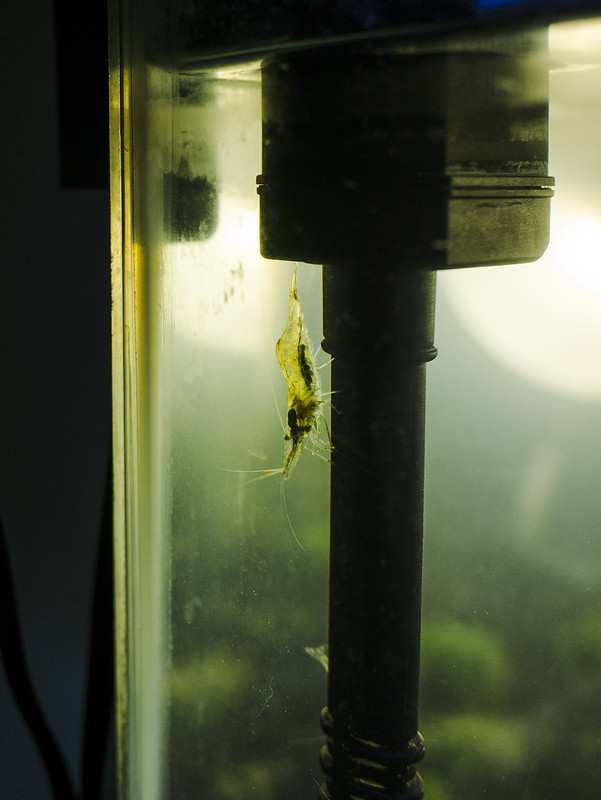
As I mentioned before, this will be an excellent cleaner for your fish tank. The reason for that is Ghost shrimps are cleanup your fish tanks from any leftover food parts.
They can be in bottom areas, plants or everywhere that they can use to clean and east in your space easily.
There is no need to have a group of them. A couple would be ok. Also, a single shrimp will do the job.
They have clear look in their body. This is unique and also helps them to get protected on planted environments. So even they are not completely transparent, they have a clear colour.
The regular size for an adult Ghost shrimp is about 1.5 inches. Als, the female shrimp, will grow longer than the male Ghost shrimp.
They have two types of antennae in their body. One is longer, and the other one is shorter. They use this shrimp antenna to detect sensitive information in the water.
Normally this shrimp variety will live for around a year. But it can be shorter with the environment they live in, how you Ghost shrimps, etc.
This shrimp type is easy to care as well as Ghost shrimps are easy to breed. That is a fun fact of Ghost shrimp.
Adding them into your planted tank would be awesome. These shrimps are love to live in a planted environments also they are looking much better when in a planted tank.
Plants help them to hide and live peacefully.
Ghost shrimps or the Glass shrimp are originally from North America. But now can see in most of the countries. Some countries have Ghost shrimp farms.
These shrimp are active cleaners for your freshwater fish tank. They are always active and busy with cleaning.
Some people using them bait for catch fish. And some are using them for live feeding to their monster fish types.
Thir colourless look and the body look will be hep them to protect from predator fish types in freshwater and the natural environment.
Do Ghost Shrimps eat algae in fish tanks?
When adding shrimps into the fish tank, most aquarists are expecting two things. They are expecting to have a unique look to the fish tank by adding shrimp to it.
The other most important thing most aquarists are considered is, will they help to clean the fish tank. Are they will be good cleaners.
The tank garbage can be two things. Those are the leftover food items and algae. Other most of fish garbage is cleaning by the filter system.
So if you have read the above heading, You know that Ghost shrimp is a good and a very active cleaner and they will eat the leftover food items in the tank and clean it.
The next thing is, will they also help to clean the tank form algae?
The answer is yes. Ghost ships are almost easting everything. So they eat algae too. But maybe not as much as other shrimps types do.
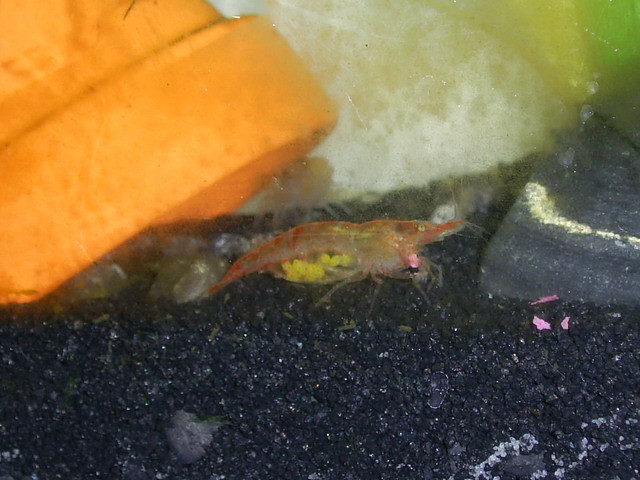
Some people had Ghost shrimp which eats the algae in their tank and others had Ghost shrimps that not much help with the cleaning algae. But Ghost shrimps will be eating hair algae in your freshwater fish tanks.
So you can use them as another good member to the cleanup squad of your fish tank. But if you are really considering about algae eaters, There are also several good algae easter that you can add as your cleanup squad in the fish tank.
However still, this shrimp variety is a good active cleaner into your fish tank. And yes they are eating algae and algae Wafers.
conclusion
This article is for shrimp lovers and especially about the Ghost shrimps. In the first paragraphs and topic, I have discussed the basics of this Shrimp variety.
So I have written down the most basic details you should know about the Ghost shrimps. If you have to continue reading the post, next, I have explained why its fun to have Ghost shrimps.
I have shown why it’s important, what their job in your freshwater fish tanks. What are the benefits by having them and I especially talk about the most common question people are asking about Ghost shrimp that is “do ghost shrimp eat algae?”
I hope you enjoyed the article and get some clear idea about this Awesome and unique aquarium shrimp variety. Please share the article using the social share buttons and share your thought in the comment box.

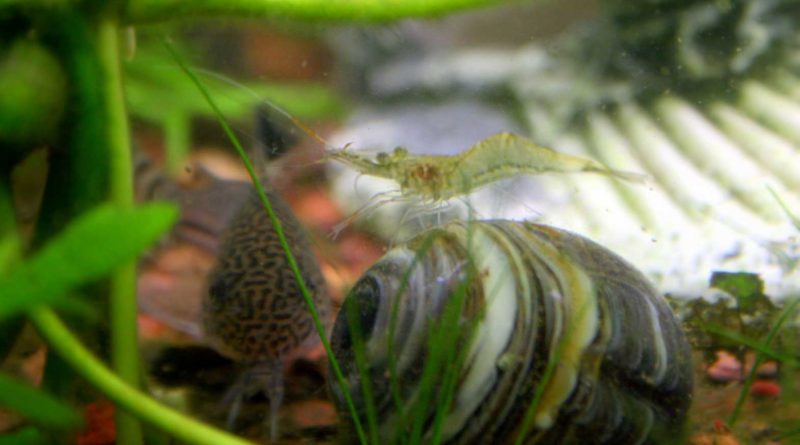
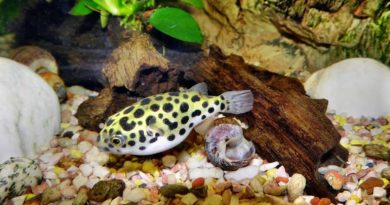
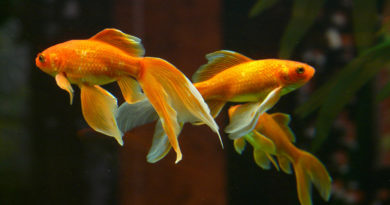
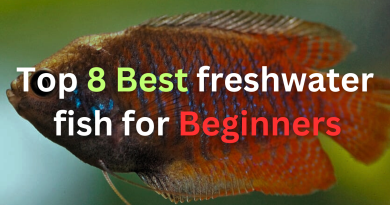
Pingback:Popular Livebearers fish types - Aquariumfreaks.com